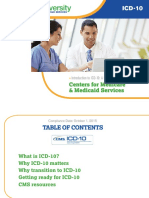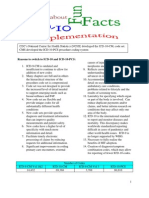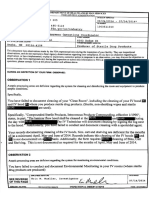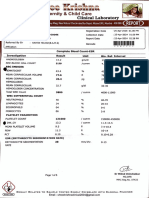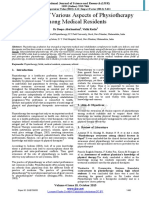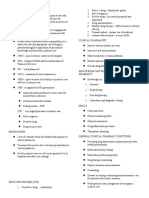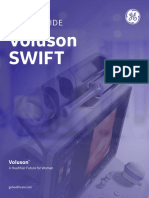0% found this document useful (0 votes)
4 views13 pagesMedicall Coding
The document outlines the objectives and content of a medical billing and coding training module focused on ICD-10 and ICD-11 coding systems. It emphasizes the importance of understanding coding conventions, definitive diagnoses, and the structure of ICD codebooks. Additionally, it highlights the need for continuous education and collaboration among healthcare professionals to ensure accurate coding practices.
Uploaded by
RISHABH SONICopyright
© © All Rights Reserved
We take content rights seriously. If you suspect this is your content, claim it here.
Available Formats
Download as PDF, TXT or read online on Scribd
0% found this document useful (0 votes)
4 views13 pagesMedicall Coding
The document outlines the objectives and content of a medical billing and coding training module focused on ICD-10 and ICD-11 coding systems. It emphasizes the importance of understanding coding conventions, definitive diagnoses, and the structure of ICD codebooks. Additionally, it highlights the need for continuous education and collaboration among healthcare professionals to ensure accurate coding practices.
Uploaded by
RISHABH SONICopyright
© © All Rights Reserved
We take content rights seriously. If you suspect this is your content, claim it here.
Available Formats
Download as PDF, TXT or read online on Scribd
/ 13


















